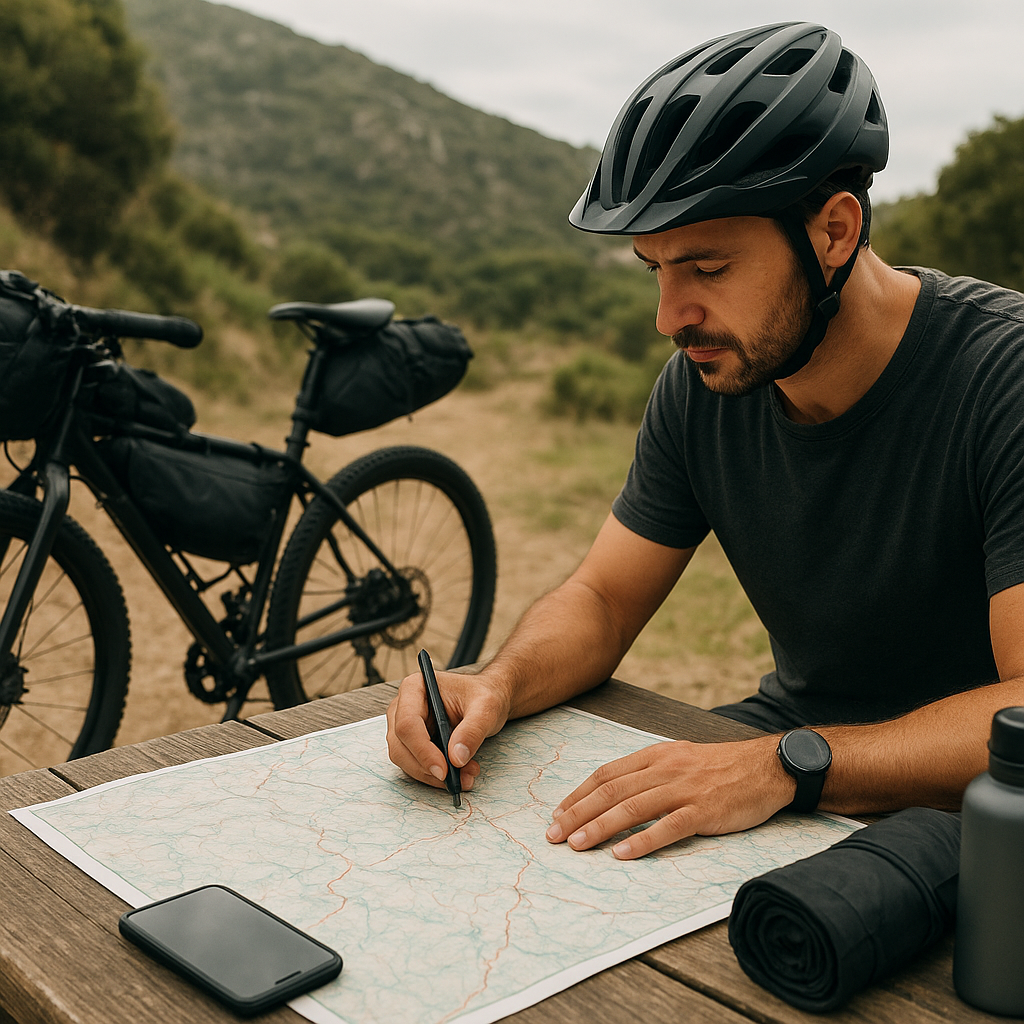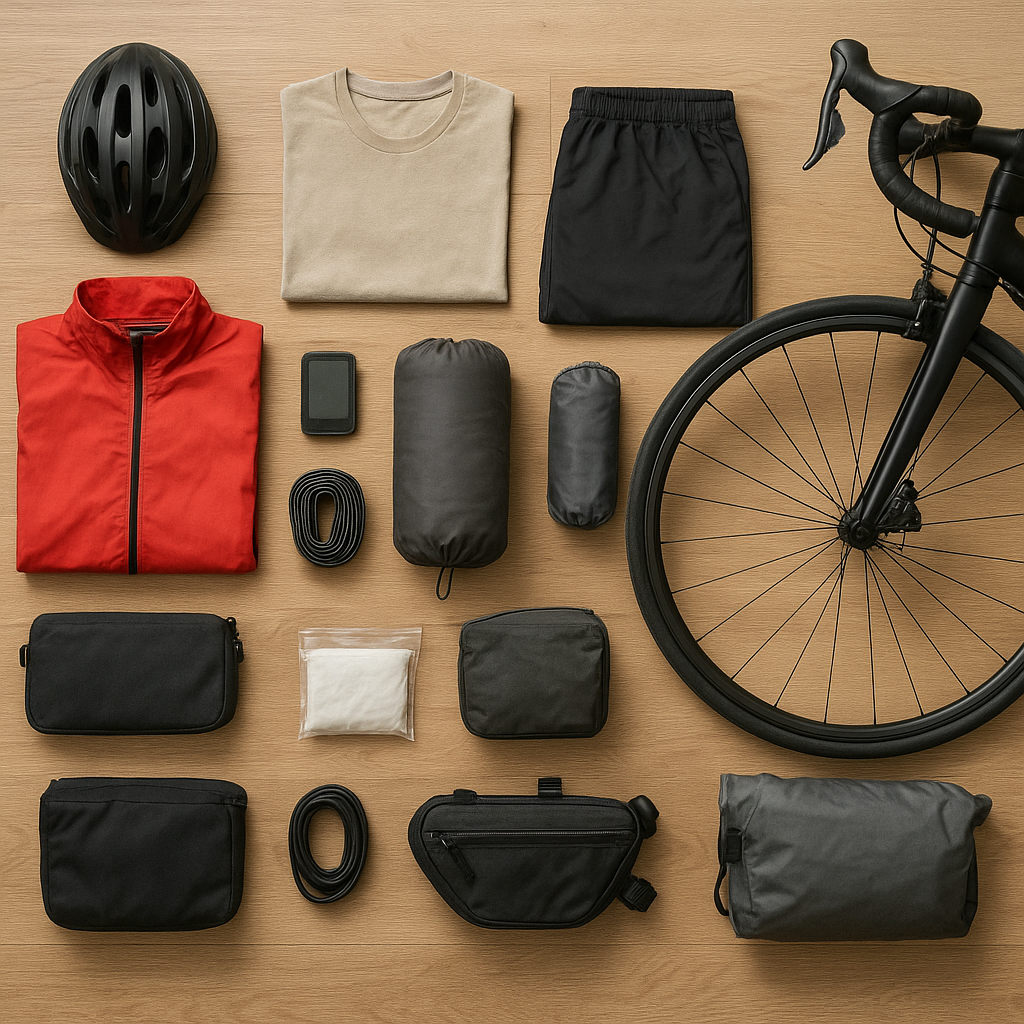
When it comes to cycling, having the right storage solutions can make all the difference in ensuring a smooth and enjoyable ride. Whether you’re embarking on a long-distance tour, a daily commute, or a weekend adventure, saddle bags and other bike storage options are essential for carrying your gear efficiently and safely.
The Importance of Bike Storage Solutions
Proper bike storage solutions are crucial for several reasons. Firstly, they allow cyclists to carry essential items such as tools, spare tubes, snacks, and personal belongings without compromising the bike’s balance and handling. Secondly, they provide a secure and convenient way to transport items, reducing the risk of losing or damaging them during the ride. Lastly, well-designed storage solutions can enhance the overall cycling experience by keeping everything organized and easily accessible.
Types of Bike Storage Solutions
There are various types of bike storage solutions available, each designed to meet different needs and preferences. Some of the most common options include:
- Saddle Bags: These are mounted under the bike seat and are ideal for carrying small to medium-sized items. They are perfect for storing tools, spare tubes, and other essentials.
- Frame Bags: These bags attach to the bike frame and provide additional storage space without affecting the bike’s aerodynamics. They are great for carrying larger items such as clothing, food, and electronics.
- Handlebar Bags: Mounted on the handlebars, these bags offer easy access to items while riding. They are suitable for carrying maps, cameras, and other frequently used items.
- Panniers: These are large bags that attach to the sides of a rear or front rack. They provide ample storage space for long-distance tours and can carry a significant amount of gear.
- Top Tube Bags: These small bags attach to the top tube of the bike and are ideal for carrying items that need to be accessed quickly, such as energy bars and phones.
- Backpacks and Hydration Packs: While not attached to the bike, these packs are worn by the cyclist and can carry a variety of items, including water reservoirs for hydration.
Choosing the Right Saddle Bag
Saddle bags are one of the most popular bike storage solutions due to their convenience and versatility. When choosing a saddle bag, there are several factors to consider:
Size and Capacity
The size and capacity of the saddle bag should match your storage needs. For short rides or commutes, a small to medium-sized bag may suffice. However, for longer tours or adventures, a larger bag with more capacity may be necessary to carry all your essentials.
Material and Durability
Look for saddle bags made from durable, weather-resistant materials such as nylon or polyester. These materials can withstand the elements and protect your belongings from rain, mud, and dust. Additionally, reinforced stitching and high-quality zippers can enhance the bag’s durability and longevity.
Mounting System
The mounting system of the saddle bag is crucial for ensuring a secure and stable attachment to the bike. Most saddle bags use straps, buckles, or Velcro to attach to the seat rails and seat post. Some bags also feature quick-release systems for easy installation and removal. Make sure the mounting system is compatible with your bike and provides a snug fit.
Accessibility and Organization
Consider how easy it is to access and organize your items within the saddle bag. Look for bags with multiple compartments, pockets, and dividers to keep your gear organized and easily accessible. Some bags also feature reflective elements for added visibility and safety during night rides.
Other Essential Bike Storage Solutions
In addition to saddle bags, there are several other bike storage solutions that can enhance your cycling experience:
Frame Bags
Frame bags are an excellent option for cyclists who need additional storage space without affecting the bike’s aerodynamics. These bags attach to the bike frame, usually within the front triangle, and provide ample space for larger items such as clothing, food, and electronics. Frame bags are available in various sizes and shapes to fit different bike frames and can be easily accessed while riding.
Handlebar Bags
Handlebar bags are mounted on the handlebars and offer easy access to items while riding. They are ideal for carrying maps, cameras, and other frequently used items. Handlebar bags come in various sizes and designs, with some featuring transparent map holders or smartphone pockets for navigation. These bags are particularly useful for touring and bikepacking adventures.
Panniers
Panniers are large bags that attach to the sides of a rear or front rack, providing ample storage space for long-distance tours. They can carry a significant amount of gear, including clothing, camping equipment, and food. Panniers are available in various sizes and designs, with some featuring waterproof materials and roll-top closures to protect your belongings from the elements. When using panniers, it’s essential to balance the weight evenly on both sides of the bike to maintain stability and handling.
Top Tube Bags
Top tube bags are small bags that attach to the top tube of the bike, usually near the stem. They are ideal for carrying items that need to be accessed quickly, such as energy bars, phones, and wallets. Top tube bags are available in various sizes and designs, with some featuring transparent pockets for easy viewing of contents. These bags are particularly useful for road cyclists and triathletes who need quick access to nutrition and other essentials during rides.
Backpacks and Hydration Packs
While not attached to the bike, backpacks and hydration packs are worn by the cyclist and can carry a variety of items, including water reservoirs for hydration. These packs are ideal for mountain biking, commuting, and other activities where additional storage space is needed. Hydration packs feature built-in water reservoirs and drinking tubes, allowing cyclists to stay hydrated without stopping. Backpacks and hydration packs come in various sizes and designs, with some featuring multiple compartments, pockets, and ventilation systems for added comfort.
Tips for Packing and Organizing Your Gear
Proper packing and organization of your gear can make a significant difference in your cycling experience. Here are some tips to help you pack and organize your gear effectively:
Prioritize Essentials
When packing your gear, prioritize essential items such as tools, spare tubes, snacks, and personal belongings. Make sure these items are easily accessible in case of emergencies or quick stops. Non-essential items can be packed in less accessible compartments or bags.
Distribute Weight Evenly
Distribute the weight of your gear evenly across your bike to maintain stability and handling. Avoid overloading one side of the bike, as this can affect your balance and make riding more challenging. Use panniers, frame bags, and other storage solutions to distribute the weight evenly.
Use Compression Bags
Compression bags can help reduce the volume of bulky items such as clothing and sleeping bags, making it easier to pack and organize your gear. These bags use compression straps or valves to remove excess air and compress the contents, saving valuable space in your storage bags.
Keep Frequently Used Items Accessible
Keep frequently used items such as snacks, maps, and phones in easily accessible compartments or bags. This will allow you to access these items quickly without having to stop and unpack your gear. Handlebar bags, top tube bags, and jersey pockets are ideal for storing frequently used items.
Protect Fragile Items
Protect fragile items such as electronics, cameras, and glasses by packing them in padded compartments or using protective cases. This will help prevent damage from bumps, vibrations, and impacts during the ride. Handlebar bags and frame bags with padded compartments are ideal for carrying fragile items.
Conclusion
Having the right bike storage solutions is essential for a smooth and enjoyable cycling experience. Saddle bags, frame bags, handlebar bags, panniers, top tube bags, and backpacks all offer unique benefits and can be used in combination to meet your storage needs. By choosing the right storage solutions and packing your gear effectively, you can ensure a safe, organized, and enjoyable ride, no matter the adventure.

